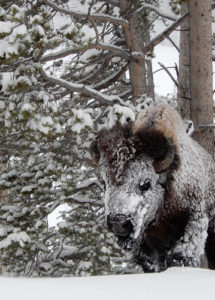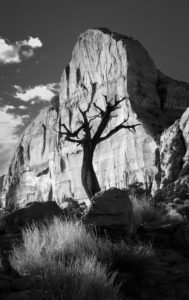 In May I attended the final Moab Photography Symposium. For the last three years I can honestly say the experience, combined with the Terrific Trio workshop in the three days leading up to the larger gathering, has changed my life. I have been “studying” photography for the last 10 years or so–learning my f-stops and depth of field and composition and photoshop techniques. But on my first Terrific Trio workshop with Guy Tal, Bruce Hucko and Colleen Miniuk Sperry, I learned what it is to create art with my camera.
In May I attended the final Moab Photography Symposium. For the last three years I can honestly say the experience, combined with the Terrific Trio workshop in the three days leading up to the larger gathering, has changed my life. I have been “studying” photography for the last 10 years or so–learning my f-stops and depth of field and composition and photoshop techniques. But on my first Terrific Trio workshop with Guy Tal, Bruce Hucko and Colleen Miniuk Sperry, I learned what it is to create art with my camera.
We were out on a shoot at a well-known overlook in Canyonlands. Canyonlands and I have a long history, reaching back to my childhood exploring the then primitive area in my geologist father’s jeep.
I wasn’t consciously composing or worrying about my camera settings. I was sitting quietly, camera beside me as I watched the light changing across the landscape.
With a hard rock against my back, supporting me, allowing for rest, my mind focused on the present–the pungent scent of sun baked sage, the sound of the wind in the gnarled branches of the piñon pines, the dust of dry gritty sand on my tongue.
Suddenly I felt something behind me–not another person or an animal, but a palpable presence. I turned and there, dancing before a sunlit cliff face was a bare limbed tree. I could see the tree’s gnarled body, but then it appeared as if it were a shadow cast on the rock and then–the cliff face seems to crack open, with the memory Dad’s stories of the creation of this landscape–of ancient seas, upheaval and the sculpting fingers of wind and water. I quietly raised my camera and took a single shot. For me that single shot captured the essence of Canyonlands, both the present and the past.
When I showed the photograph in critique the next day, Guy and Bruce and Colleen did more than look at my photo and murmur their praise. They experienced it and responded to it. They even remembered it years later. In the flood of images we encounter every day, to have my image remain in another person’s memory is a profound experience and helped me realize the purpose of all art–which is to deeply connect to another human being.
“The best teachers always remind us that photography is about connection, about sharing experiences, a means of self-exploration and global discovery, a way to get outside of our own small lives and expand beyond our own limitations. Perhaps the next time you’re out in the world with your camera you can use all the techniques and aesthetics you’ve learned from your mentors–not to make a great picture, but rather to connect with another human being, heart to heart, through the artwork you are striving so hard to create.” Brooks Jensen
I will be forever grateful to my mentors–Guy, Colleen and Bruce. You have given me more than you could know.

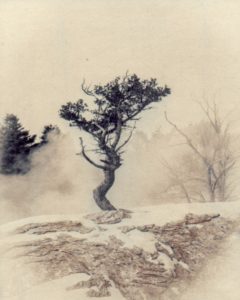 Several years ago I did a workshop with
Several years ago I did a workshop with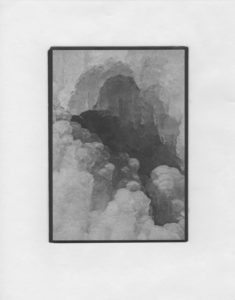 The last two weeks in Missoula have been unrelentingly cold with inversions trapping the valleys under a veil of dismal grey. For many people this has been trying–particularly since we are all breathlessly waiting for snow and the beginning of ski season. But the photographer in me has been rejoicing because the fact that the daytime temperatures never rise above the mid-20s means that the pond and riverbank have been an ever-changing landscape of ice. The fascinating forms captured by the freezing water are artworks far surpassing what my own imagination could ever conjure up.
The last two weeks in Missoula have been unrelentingly cold with inversions trapping the valleys under a veil of dismal grey. For many people this has been trying–particularly since we are all breathlessly waiting for snow and the beginning of ski season. But the photographer in me has been rejoicing because the fact that the daytime temperatures never rise above the mid-20s means that the pond and riverbank have been an ever-changing landscape of ice. The fascinating forms captured by the freezing water are artworks far surpassing what my own imagination could ever conjure up. 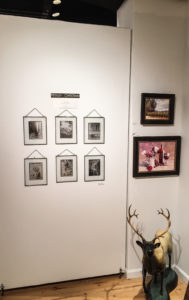
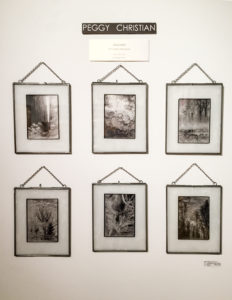
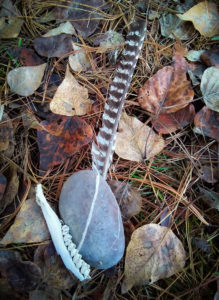 “Talk of mysteries—Think of our life in nature,–daily to be shown matter, to come in contact with it,–rocks, trees, wind on our cheeks! The solid earth! The actual world! The common sense! Contact! Contact! Who are we? Where are we? H.D. Thoreau
“Talk of mysteries—Think of our life in nature,–daily to be shown matter, to come in contact with it,–rocks, trees, wind on our cheeks! The solid earth! The actual world! The common sense! Contact! Contact! Who are we? Where are we? H.D. Thoreau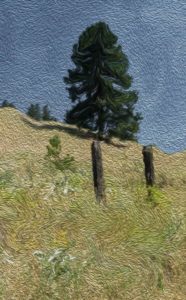
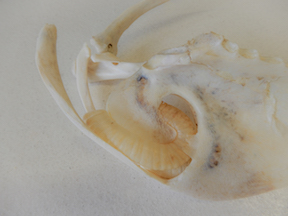
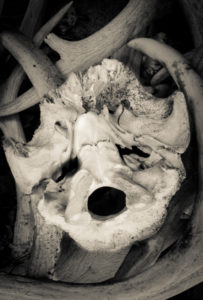
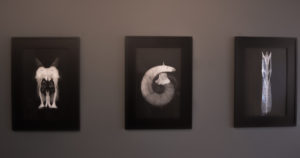
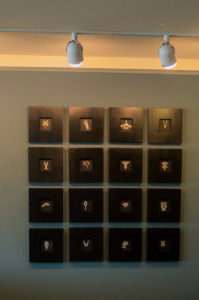
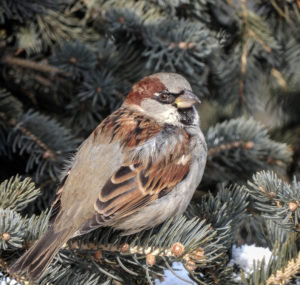
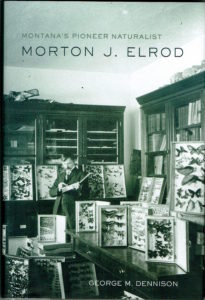 Wunderkammer (Cabinet of Wonders)
Wunderkammer (Cabinet of Wonders)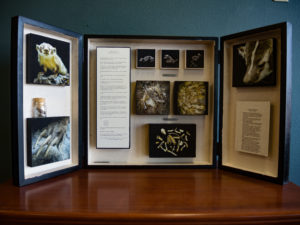 Articulating a Story
Articulating a Story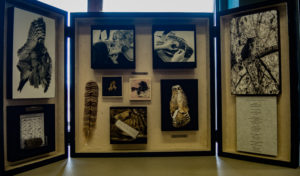 Haunted by Owls
Haunted by Owls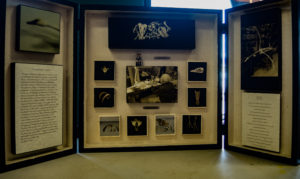 Swan Song
Swan Song